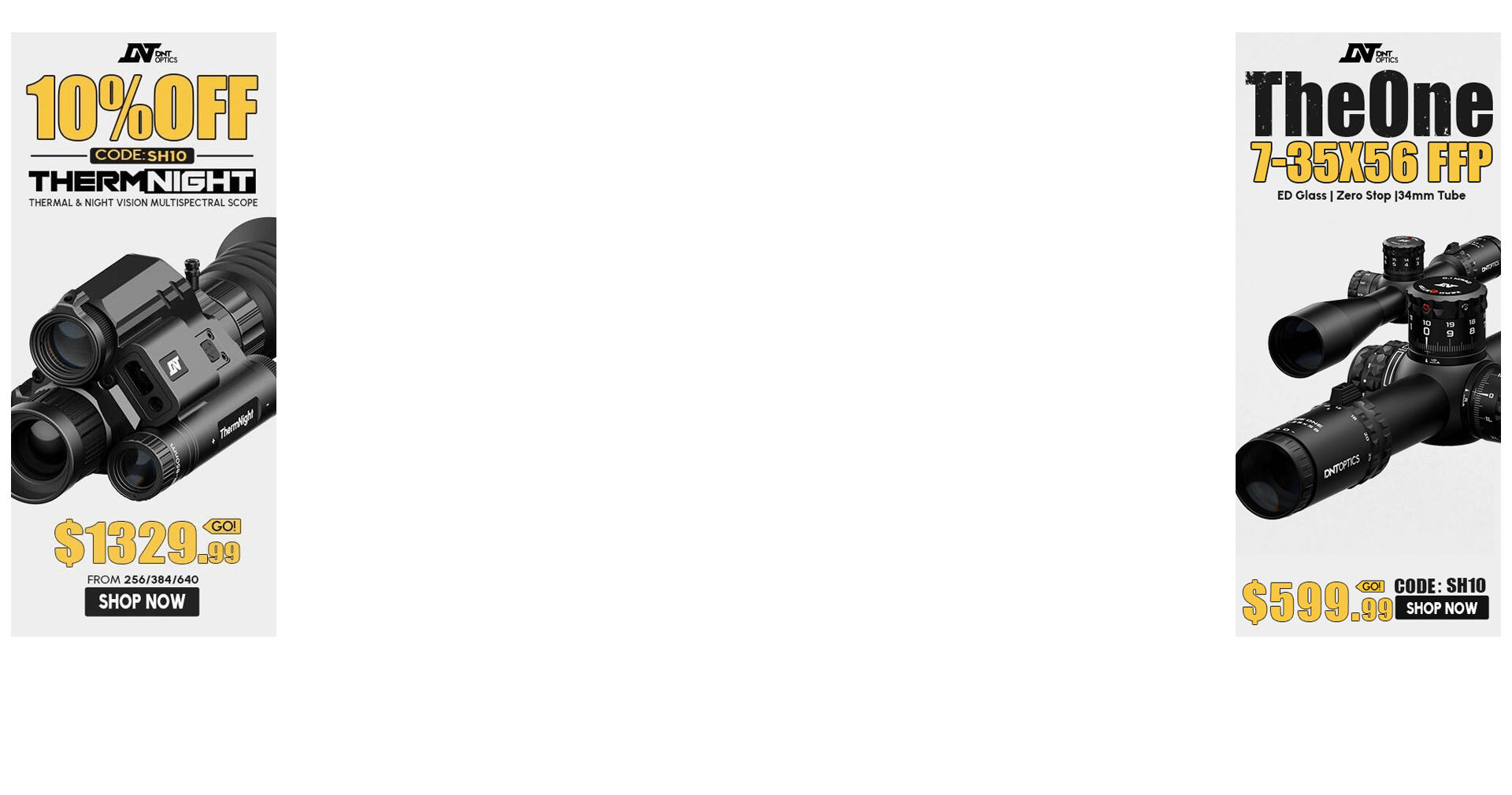This could go in the semi auto forum, but it applies here as well. I built a DPMS style AR10 and put a proof research carbon fiber barrel in 6mm creedmoor on it. When I got the barrel new I measured the COAL to the lands with several different bullets. They all measured longer than I would ever load them. I have been having failure to feed problems. It never happens when the barrel is perfectly clean but it doesn’t take much fouling before it starts. It also seems to happen sooner and worse the colder it is out. At single digit temps, it will fail after as few as 6 shots. When it was 25-35 degrees or more it would start to fail after 20-30 shots. When I say fail, the bolt picks up the next round but stops when the round is 7/8 in the chamber. The bolt and extractor don’t lock around it. So you have to drop the mag and pull the charging handle back and let it slam on the round. This seems to happen randomly meaning it could be the 3rd or 8th shot or every other shot.
So when studying what was going on I took some live rounds and pushed them with my finger into the chamber. There was definitely some resistance the last 0.1 to 0.2 inches. When I extracted those rounds they all had scuff marks on the bullet right about the ogive and back toward the case neck that were about 0.1 inches long. They were on the entire circumference of the bullet. So I measured the COAL again in the barrels dirty state. To my suprise it was much shorter than what I measured with the barrel new. I thought I messed up on my initial measurements but after a good cleaning, and measure again, the COAL was the same as when measured new. To be specific, my 87 VLD measures 2.21 inches with ogive at the lands when clean. It measured 2.073 after just 60 rounds. This doesn’t seem normal to me, but could explain my failure to feed issues. Any thoughts.
So when studying what was going on I took some live rounds and pushed them with my finger into the chamber. There was definitely some resistance the last 0.1 to 0.2 inches. When I extracted those rounds they all had scuff marks on the bullet right about the ogive and back toward the case neck that were about 0.1 inches long. They were on the entire circumference of the bullet. So I measured the COAL again in the barrels dirty state. To my suprise it was much shorter than what I measured with the barrel new. I thought I messed up on my initial measurements but after a good cleaning, and measure again, the COAL was the same as when measured new. To be specific, my 87 VLD measures 2.21 inches with ogive at the lands when clean. It measured 2.073 after just 60 rounds. This doesn’t seem normal to me, but could explain my failure to feed issues. Any thoughts.

